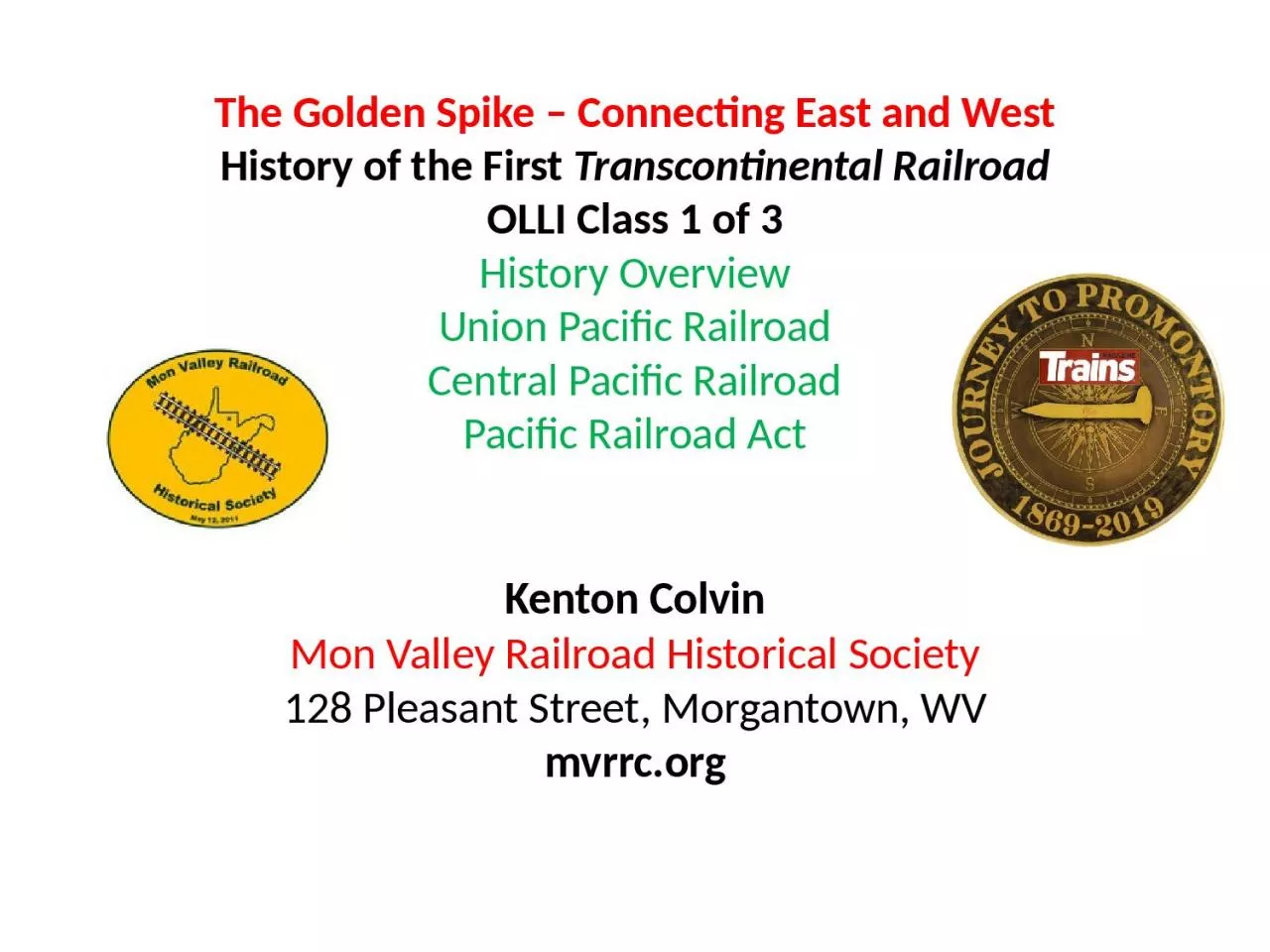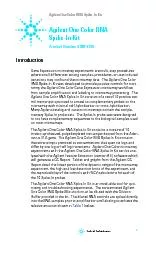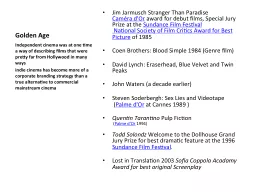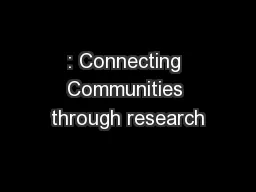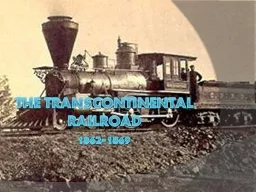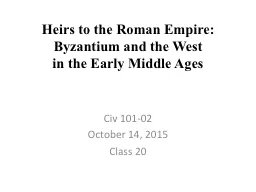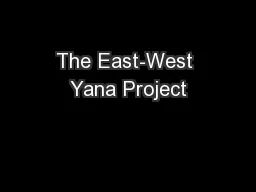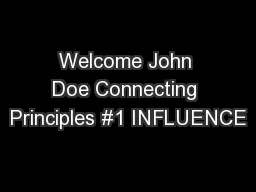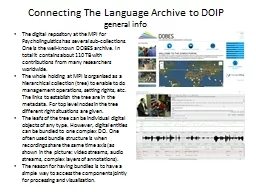PPT-The Golden Spike – Connecting East and West
Author : gabriella | Published Date : 2023-10-30
History of the First Transcontinental Railroad OLLI Class 1 of 3 History Overview Union Pacific Railroad Central Pacific Railroad Pacific Railroad Act Kenton Colvin
Presentation Embed Code
Download Presentation
Download Presentation The PPT/PDF document "The Golden Spike – Connecting East and..." is the property of its rightful owner. Permission is granted to download and print the materials on this website for personal, non-commercial use only, and to display it on your personal computer provided you do not modify the materials and that you retain all copyright notices contained in the materials. By downloading content from our website, you accept the terms of this agreement.
The Golden Spike – Connecting East and West: Transcript
Download Rules Of Document
"The Golden Spike – Connecting East and West"The content belongs to its owner. You may download and print it for personal use, without modification, and keep all copyright notices. By downloading, you agree to these terms.
Related Documents

